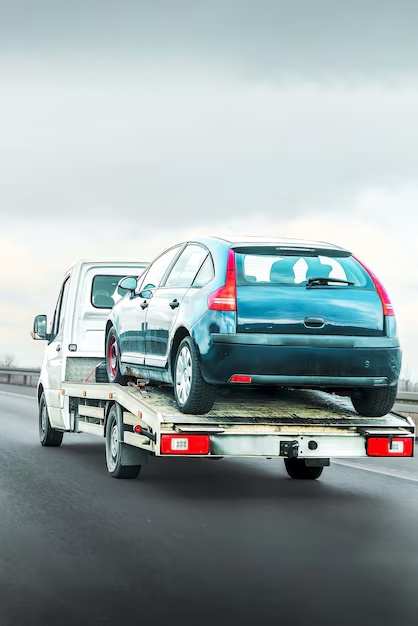Thinking about shipping your car? Whether you’re relocating to a new city, purchasing a vehicle online, or need to transport your car for business reasons, the car shipping process can seem complicated and stressful. Often, easily avoidable mistakes cause delays, extra costs, or even the risk of losing your vehicle. With this comprehensive guide, you’ll learn the most common mistakes people make and how smart preparation can ensure your car arrives safely and on time.
One of the biggest mistakes is choosing the first shipping company you find or selecting the cheapest option. This can lead to issues such as delays, unclear pricing, or even unlicensed companies that put your vehicle at risk. Always:
Verify the company’s licensing and FMCSA registration (Federal Motor Carrier Safety Administration).
Read genuine customer reviews and reliable feedback.
Confirm sufficient insurance coverage to protect your vehicle.
Ask detailed questions about the shipping process and services before booking.
It might be tempting to leave personal belongings in your car, but this exposes them to theft or damage during transit. Most carriers prohibit personal items because:
They are not covered by insurance.
They can cause damage or issues during shipping.
They increase the risk of delays or shipment refusal.
The best practice is to completely clear your vehicle before shipping.
Before handing over your vehicle, perform a careful inspection and take clear photos of all sides of your car, especially any existing scratches or damage. This documentation is critical for comparison when you receive the vehicle and can help resolve disputes about damage claims.
Also, make sure all paperwork is complete, including:
The Bill of Lading (shipment contract).
Legal vehicle documents.
Any special permits if required.
Proper preparation reduces the chance of mechanical problems or damage during transit. Ensure that you:
Clean your car thoroughly to ease inspection.
Fill fuel up to no more than a quarter tank to reduce weight and hazards.
Check the battery, tires, and for any leaks.
Remove or secure any removable accessories (roof racks, mirrors, sensors, etc.).
Disable alarms to avoid disturbances during transport.
Always verify the type and terms of insurance coverage your shipping company offers. Don’t assume coverage is comprehensive; many basic policies exclude certain damages or have limited coverage. For valuable vehicles, consider buying additional insurance for full protection.
Last-minute bookings or shipping during busy seasons like summer and year-end often result in higher prices, fewer choices, and delays. Plan ahead and book early to secure the best rates and reliable service.
Car shipping is a dynamic process, not a “set it and forget it” transaction. Keep in constant touch with your shipping representative, get tracking information, and request updates on your vehicle’s status. Being proactive helps prevent surprises and resolve issues promptly.
Know whether your shipment is door-to-door or terminal-to-terminal. Some companies advertise door-to-door service but actually deliver to a depot, requiring you to pick up your vehicle. Make sure delivery terms are clear and documented to avoid unexpected inconveniences.
When you choose LoadStationUS, you remove the guesswork and risk from your car shipping experience:
Licensed and insured carriers are carefully vetted for safety and reliability.
Clear and competitive pricing with no hidden fees and price match guarantees.
Complete management of bookings, paperwork, and customer communication.
Real-time tracking and frequent updates so you always know where your vehicle is.
24/7 dedicated customer support to answer your questions and handle challenges.
Additional insurance options tailored to your vehicle’s value.
Conclusion
Shipping your vehicle doesn’t have to be overwhelming or stressful. By recognizing common mistakes and partnering with a trusted company like LoadStationUS, you can ensure your car arrives safely, on time, and at a fair price. Start your journey with confidence and control every step of the process!
Let LoadStationUS handle every detail and make your car transport simple and stress-free!
Q1: What documents do I need to ship my car?
A1: Basic documents include your vehicle registration, insurance proof, personal ID, and the Bill of Lading provided by your shipping company.
Q2: Can I leave personal items in my car during shipping?
A2: No. Most carriers prohibit personal belongings in the vehicle since they are not insured and may be lost or damaged.
Q3: What’s the difference between open and enclosed car shipping?
Open transport is the most common and affordable option, where your car is exposed on the truck. Enclosed transport offers maximum protection from weather and road debris and is recommended for luxury or classic vehicles.
 August 02, 2025 - By Michulan Brown
August 02, 2025 - By Michulan Brown